The letter O is one of those letters that seems simple at first glance—just a neat, symmetrical circle. But dig a little deeper, and you’ll find that the history of letter O is full of twists, turns, and fascinating cultural significance. From its ancient origins to its use in modern times, this little circle has traveled the world, changed forms, and even taken on deep symbolic meanings.
So, let’s roll right into the story of O (pun intended)!
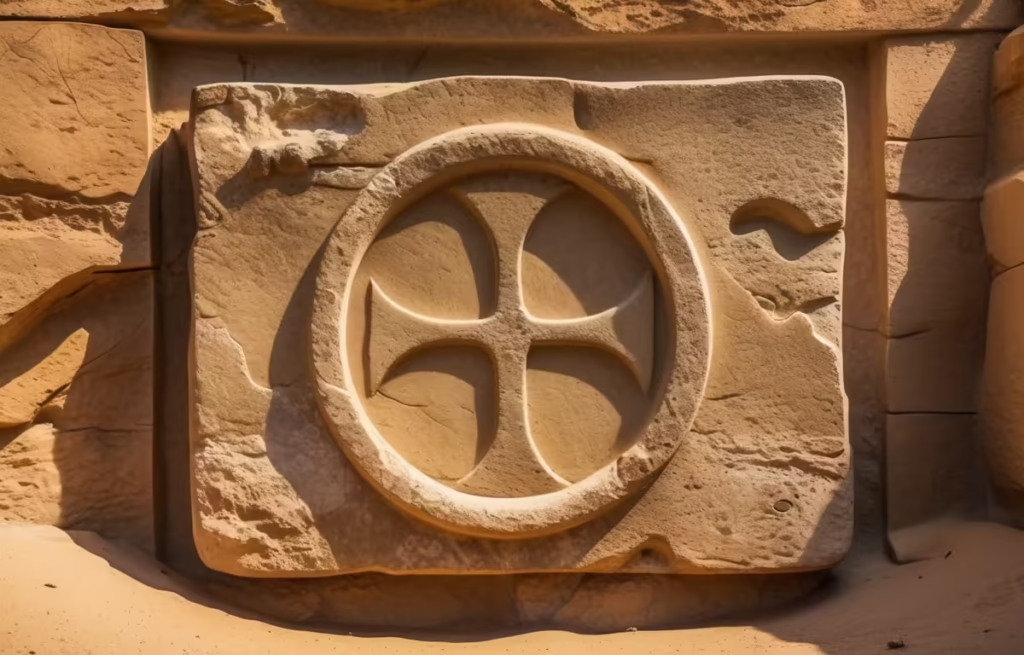
The Origins of the Letter O
The letter O origins begin in the ancient world. The first recorded use of the letter O traces back to the Phoenicians, who used a symbol known as Ayin around 1050 BCE. Unlike our familiar O, Ayin actually represented an eye rather than a vowel sound.
The Greeks, however, took one look at Ayin (pun intended again) and decided to repurpose it into their own ancient alphabet, giving birth to Omicron (Ο) and Omega (Ω). This transformation was a crucial step in the evolution of the letter O.
The Greeks, being the great thinkers they were, gave us two versions of O: one for a short sound (Omicron, meaning “little O”) and one for a long sound (Omega, meaning “big O”). This distinction was useful in their complex language, though later alphabets would simplify things.
The Romans, never ones to overcomplicate matters, took Omicron and turned it into the familiar O we use today. Simple, elegant, effective. Just like a Roman aqueduct—except, you know, in letter form. The Latin alphabet standardized O into the shape we recognize across Western languages today.
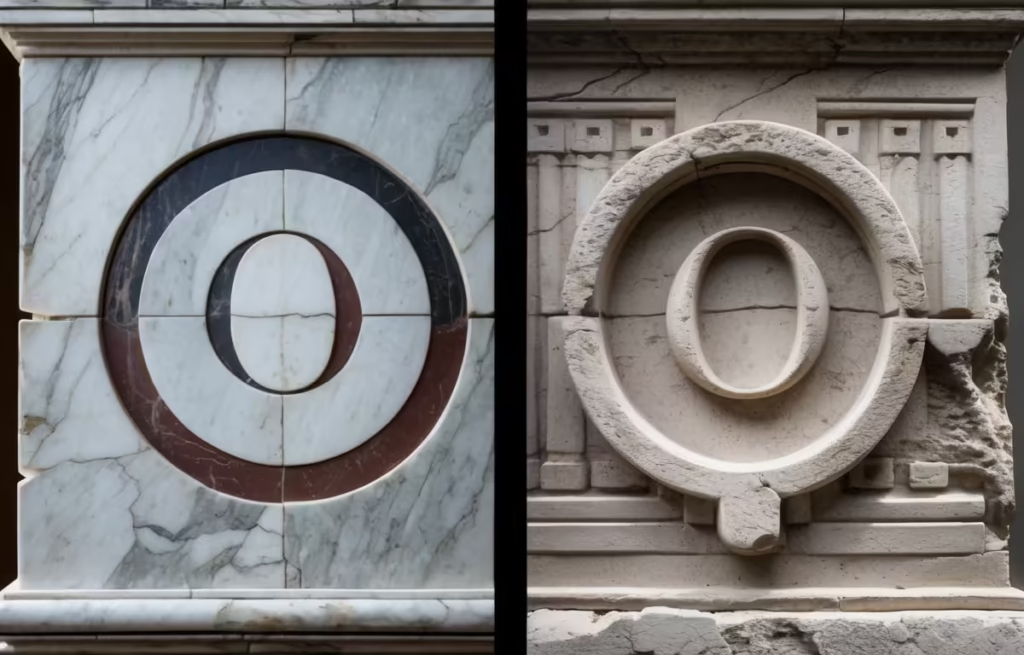
O Through the Ages: From Ancient Scrolls to Modern Screens
The letter O in culture remained a steadfast part of written language throughout the ages. The history of letter O shows it has been:
- Chiseled into stone tablets by the Romans in monumental inscriptions
- Lovingly inked by medieval monks in illuminated manuscripts like the Book of Kells
- Mass-produced in early printing presses following Gutenberg’s revolution
- Pixelated on the first computer screens using Unicode standards
Despite technological advancements, O has stayed remarkably consistent. It’s one of the few letters that didn’t undergo significant shape changes over time. Unlike some of its alphabetic friends (looking at you, letter S, with your medieval long-s), O remained true to its original circular form.
Even in modern typography, O is often the “anchor” letter, keeping fonts visually balanced. Imagine a typeface without O—it would be missing that central roundness that gives letters their harmony.
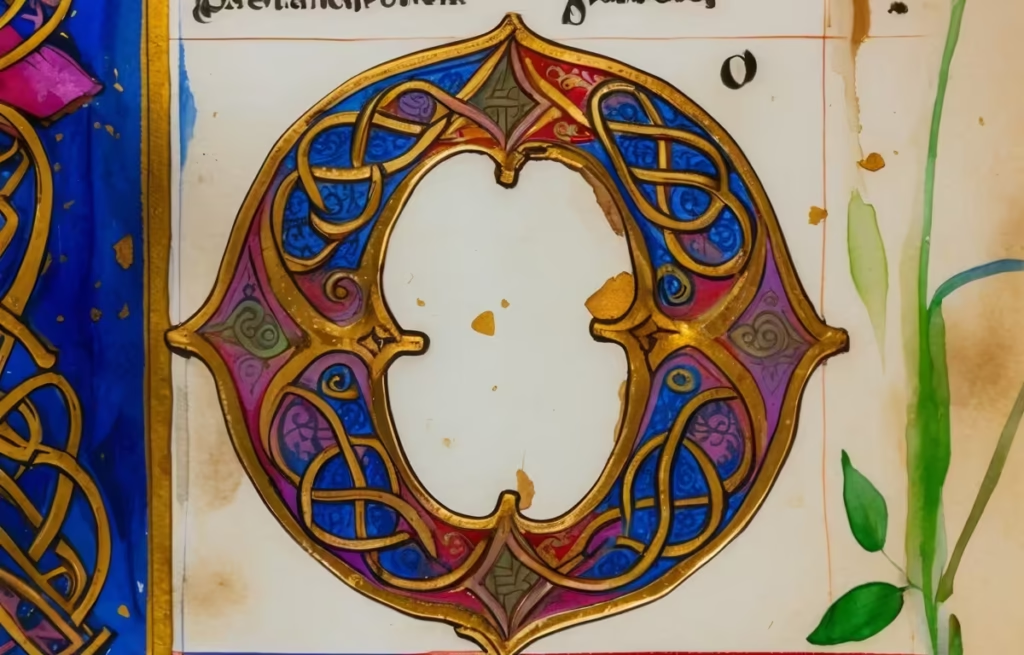
The Symbolism of the Letter O
Beyond its linguistic function, the symbolism of O carries deep meaning across cultures and disciplines.
Wholeness & Infinity
Thanks to its perfect circular shape, O often represents completeness, unity, and eternity. This is why you’ll see O-like symbols in various cultures’ spiritual and philosophical traditions. Think of the ouroboros (the snake eating its own tail), Zen circles (Enso), or even wedding rings—symbols of eternity all tied to the shape of O.
Mysticism & the Occult
Some esoteric traditions believe that vowels hold magical power, and O is often associated with chanting and meditation. Ever tried saying “Om” in a yoga class? Yep, there’s that O sound, supposedly resonating with the universe’s vibrations. No pressure, but the next time you say “Oh no,” you might be influencing cosmic energy!
Mathematics & Science
In math, O is often used as a placeholder or symbol for zero, which, fun fact, was one of the most revolutionary concepts in history. It allowed for advanced calculations, modern economics, and, ultimately, memes about “zero effort.”
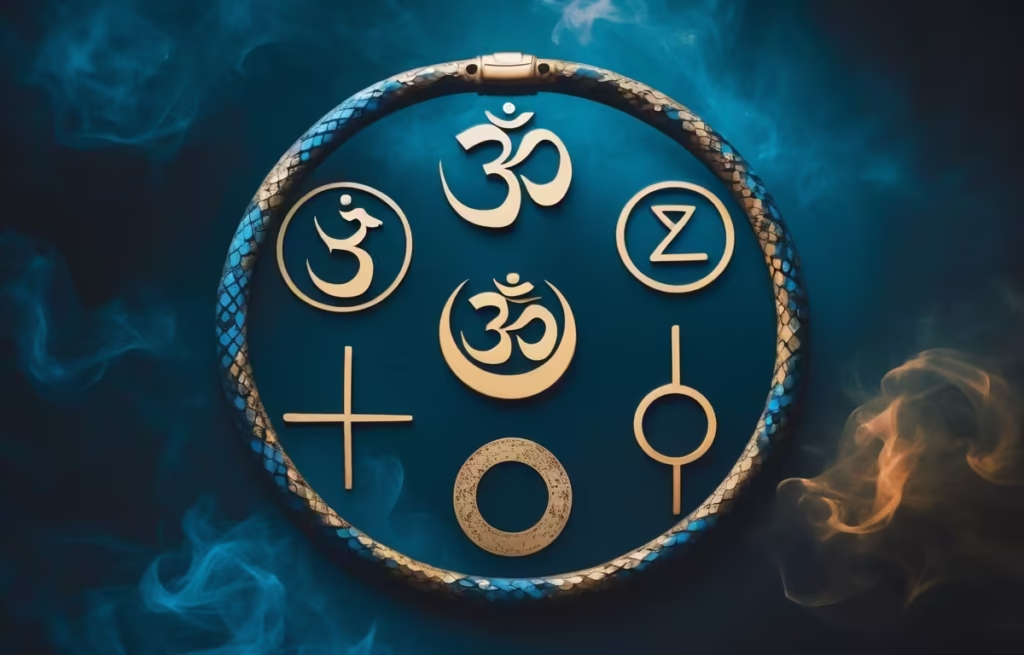
O in Pop Culture and Everyday Life
The letter O in culture extends far beyond ancient texts. O is a letter that stands out in modern times. It’s why brands and media frequently use it to create catchy names. Just think about some famous uses of O:
- The Oprah “O” – Oprah Winfrey’s brand is built around the letter O, from O Magazine to The Oprah Winfrey Show. That’s some serious O-power.
- The Big “O” – Not just an anime series, but also a term used for dramatic revelations (or, um, other things, if you know what I mean).
- Google’s Double O’s – The tech giant used those round O’s to great effect in its logo design, making them instantly recognizable.
- Oreo & Cheerios – Iconic circular foods! Proof that even in snacks, the shape of O reigns supreme.
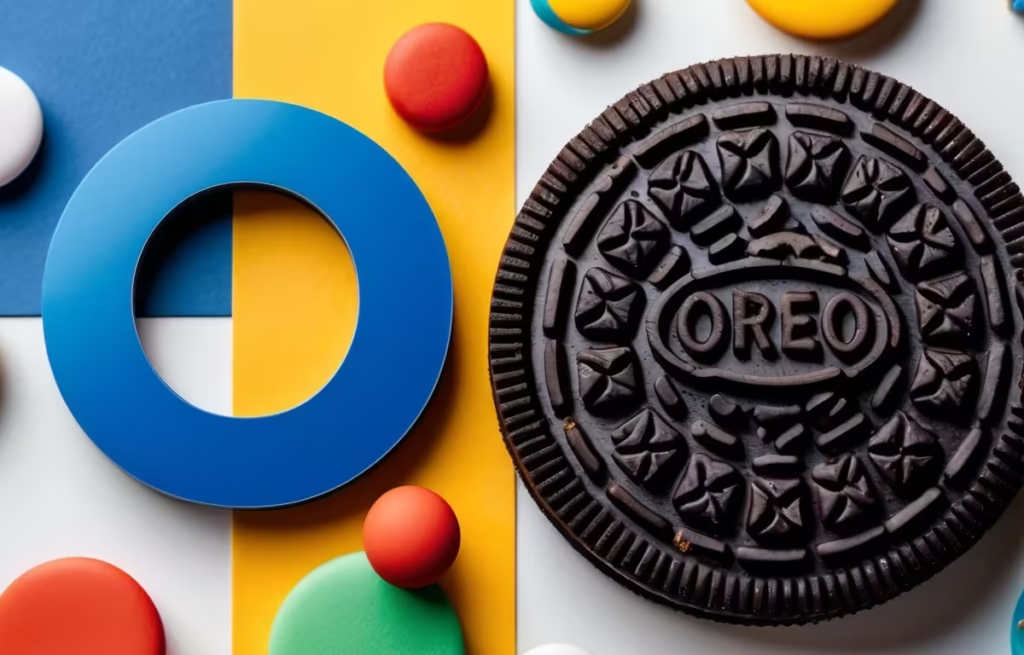
The Enduring Legacy of O
Despite being just a simple, circular letter, the history of letter O reveals it has made a massive impact throughout human civilization. It’s ancient, it’s mystical, it’s mathematically essential, and it’s delicious when baked into a cookie.
The evolution of the letter O—from Phoenician Ayin to Greek Omicron and Omega, from Roman inscriptions to digital screens—demonstrates how this fundamental character has adapted while maintaining its essential circular form. The letter O origins in the ancient alphabet systems laid the foundation for modern written communication.
So, the next time you see the letter O, take a moment to appreciate its journey—from Phoenician eyes to Greek philosophy, from Roman inscriptions to modern branding. O may seem simple, but its story is anything but.
And let’s be real—without O, how would we even express surprise? “Omg!” just wouldn’t be the same without it.
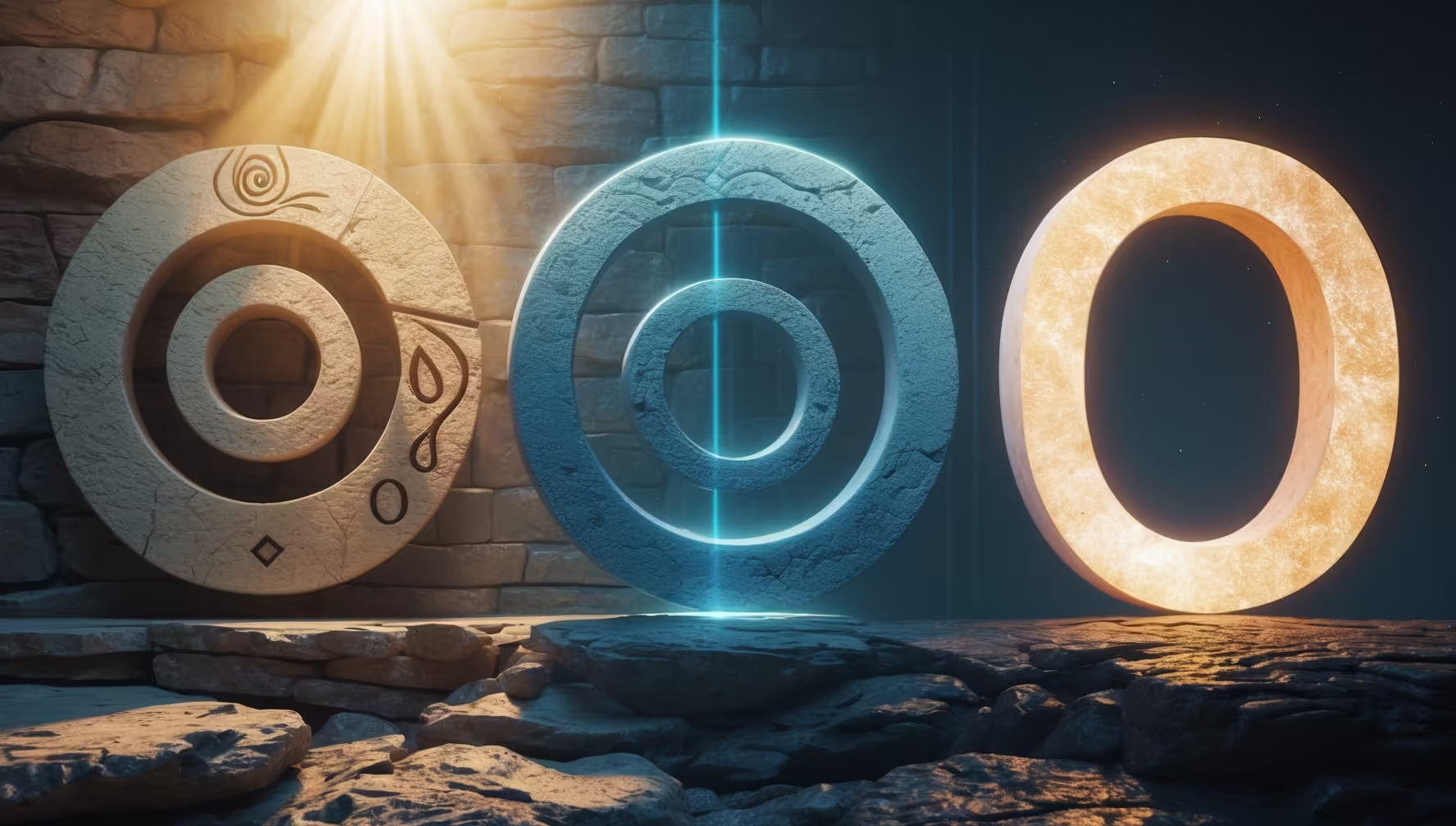
Its wonderful as your other blog posts : D, thankyou for posting.
Thank you! I’m really glad you enjoy my other posts as well 😄 More interesting content is coming soon!